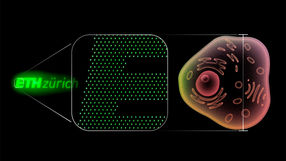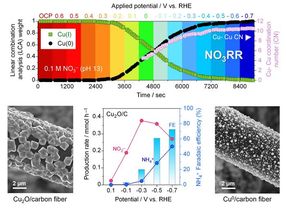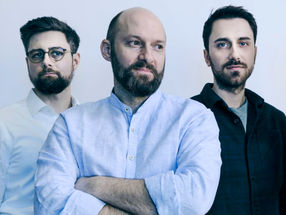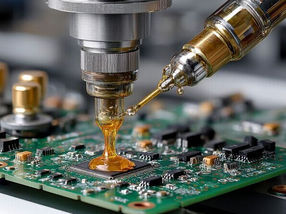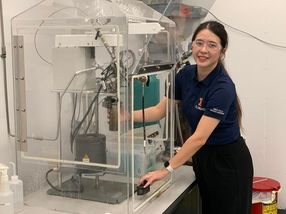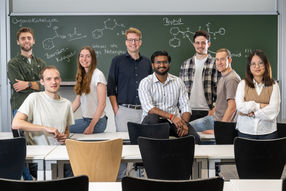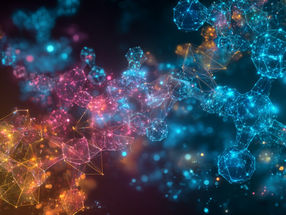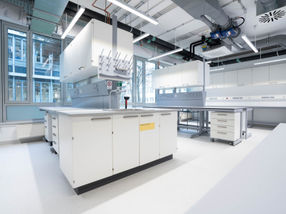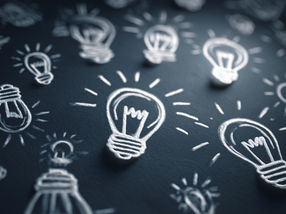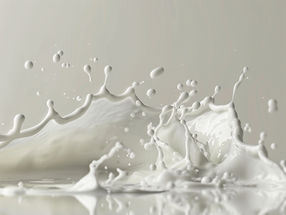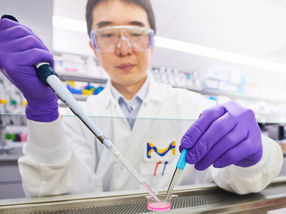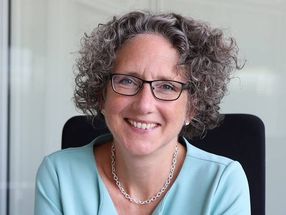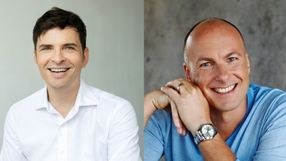Capturing carbon dioxide with an electrochemical process
Carl Zeiss Foundation funds interdisciplinary project on CO2 capture and storage at the University of Jena with 1.8 million euros
Advertisement
Not only the reduction ofCO2 emissions is considered an important measure for lowering the carbon dioxide content in the earth's atmosphere, but also the capture and storage of the greenhouse gas from the air. Accordingly, the current German government has also set the development ofCO2 capture and storage technologies as a goal in its coalition agreement. In particular, it considers direct air capture (DAC) to be a "promising future technology for lifting negative emissions". Scientists at Friedrich Schiller University Jena now want to develop a method to filter carbon dioxide out of the air using electrochemical processes with renewable raw materials. As part of its CZS Nexus program, the Carl Zeiss Foundation is funding the junior research group led by chemist Dr. Tilmann J. Neubert with around 1.8 million euros over five years.
Switchingthe CO2 connection on and off
"We are focusing on a method based on electrochemical switching processes," explains the chemist from the University of Jena. "We want to develop a battery-like cell containing a functional molecule that can be switched on and off and binds and releases carbon dioxide in the process." The team primarily wants to use so-called quinones for this - organic molecules that consist of a ring of six carbon atoms with two oxygen atoms linked at two opposite corners by a double bond, and which also occur in many natural substances such as plants. If electrons are added to this compound, the oxygen atoms become negatively charged and thus attract the slightly positively charged carbon in theCO2 - the carbon dioxide accumulates. If this mechanism is deactivated, it is released again and can thus be enriched.
"In contrast to the usual methods, which use pressure or heat, for example, this technology is very energy-efficient and can be easily combined with electricity from renewable energy sources," says Tilmann Neubert. This approach therefore has the potential to make DAC much more cost-effective.
Overcoming two challenges
In order to make the envisaged process efficient and sustainable, the scientists in Jena have to solve two key problems: Firstly, the system will only work efficiently in the long term if they succeed in reducing the amount of oxygen that the molecules also encounter. This is because oxygen can remove electrons from the process and trigger undesirable side reactions. Secondly, many components, such as the electrolytes in such cells, are often still based on non-sustainable solvents - aqueous alternatives must be found for this.
"If we overcome these two challenges, I am very confident that we will succeed in capturing moreCO2 than is produced by the process and thus enable negative emissions," says the researcher from the University of Jena. "In the long term, we need to see the emission, capture, storage and reuse of carbon dioxide as a circular economy, in which all the components we put in should also be circular and renewable - from the solvents to the active materials."
To be able to clearly prove that the method his team will develop is greener, it was important to Tilmann Neubert to also integrate colleagues from the field of environmental engineering into the interdisciplinary project. "We want to be able to calculate the carbon footprint of each step clearly and completely in order to underline the sustainable nature of the technology of the future," he says.
Note: This article has been translated using a computer system without human intervention. LUMITOS offers these automatic translations to present a wider range of current news. Since this article has been translated with automatic translation, it is possible that it contains errors in vocabulary, syntax or grammar. The original article in German can be found here.











